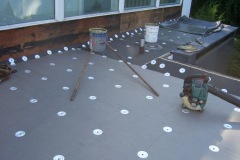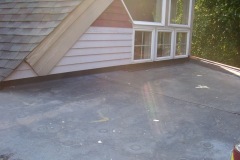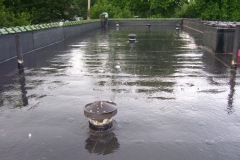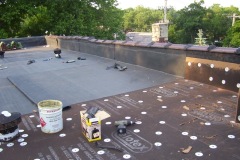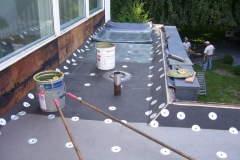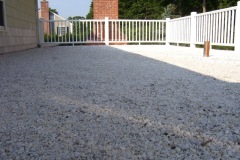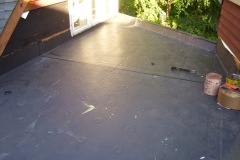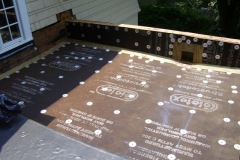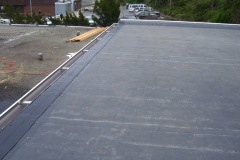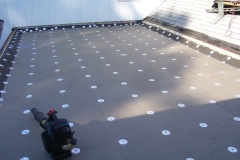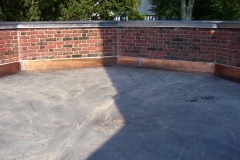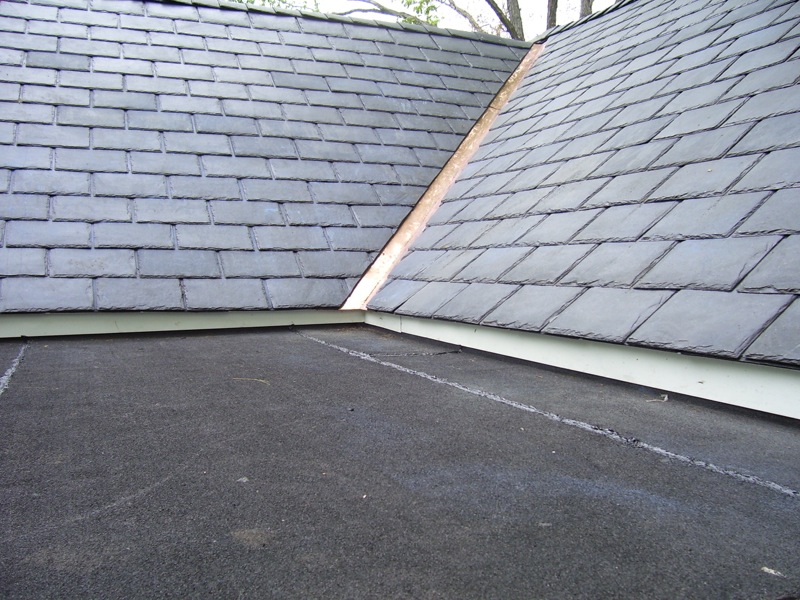EPDM
- EPDM, which stands for Ethylene Propylene Diene Monomer, is an excellent synthetic rubber material that acts as a roofing membrane for low slope roofing applications.
- The most popular kind of EPDM roofing is the firestone EPDM roof system, which is based on a high performance synthetic rubber compound.
- The EPDM roofing membrane is versatile and allows for many installation options.
- It has high flexibility, strength, and outstanding weathering. It withstands temperatures ranging from -45 to 100 degrees Celsius.
- The EPDM roof will not crack, split, or peel, and is completely resistant to atmospheric pollution.
- The elasticity of EPDM roofing allows it to elongate to over 300% to accommodate temperature cycling and building movements.
- EPDM roofing is also environmentally friendly, and is unaffected by UV light and ozone.
- An EPDM roof system has a life expectancy of about 20 years, during which next to no maintenance is required.
- EPDM roofing comes in all sizes and can be installed in one piece, which eliminates problems associated with parting joints that cause many roof leaks and other common problems associated with flat roofs.
- EPDM rubber membrane is installed fairly quickly.
SBS Roofing System
- Styrene-Butadiene-Styrene (SBS) is a modifier system that gives the bitumen rubber-like characteristics and improved resistance to aging and weathering with the strength of a glass-reinforced polyester mat.
- It is available in white, black and other granule surface colors and can be installed by heat welding, hot asphalt, cold-applied adhesive, mechanical attachment or as part of a self-adhered system.

